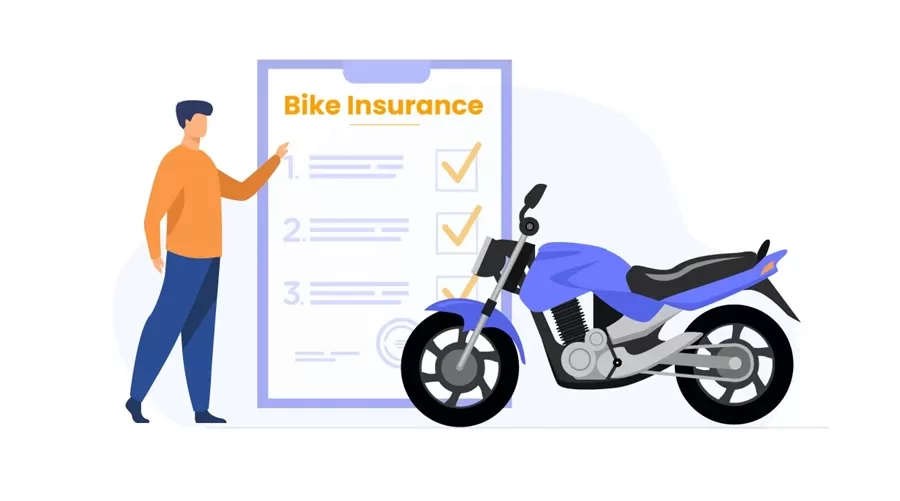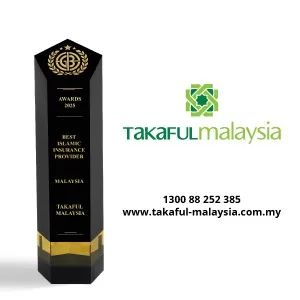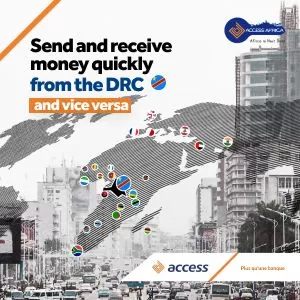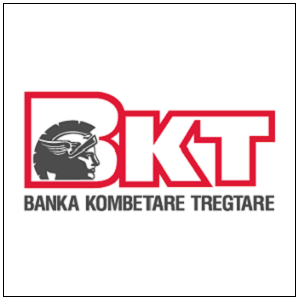Auto
Tata AIG Third Party Bike Insurance Premium: What Factors Impact Cost?

Owning a two-wheeler makes daily travel quicker and more affordable. But with this convenience comes the responsibility of following road safety laws. As per the Motor Vehicles Act, 1988, every bike must have third-party insurance. This policy covers any injury, death, or property damage caused to another person in an accident involving your bike.
While third-party insurance coverage is the same across all insurers, the premium cost can vary. Factors like engine capacity, bike age, and government-prescribed rates influence the final amount. With Tata AIG, you can buy or renew your third-party bike insurance online in a few clicks. The company offers a bike garage count of 4,500 for cashless claims, along with instant policy issuance and dependable customer support.
What is Third-Party Bike Insurance?
Third-party bike insurance is a basic policy that covers any harm your bike may cause to other people or their property during an accident. It includes compensation in case of injury or death of a third party, as well as damage to someone else’s vehicle or property.
This type of insurance doesn’t cover damage to your own two-wheeler or any personal injuries, unless you choose to add a Personal Accident Cover. Its main purpose is to cover the cost of losses faced by others due to an accident involving your bike.
Who Determines Third-Party Insurance Premiums?
Unlike comprehensive bike insurance, where the premium depends on factors like the vehicle’s condition and the rider’s profile, third-party bike insurance premiums are not set by insurers. Instead, they are fixed by the Insurance Regulatory and Development Authority of India (IRDAI) and revised annually. The rates mainly depend on the engine’s cubic capacity (CC), along with a few other considerations.
Even though these rates are standardised, the final amount you pay while buying bike insurance online may vary slightly due to additional factors like service charges or optional add-ons.
Factors That Impact Third-Party Bike Insurance Premium
While the base premium is regulated by the Insurance Regulatory and Development Authority of India (IRDAI), a few other elements can still influence the final amount you pay.
1. Cubic Capacity of the Engine
This is the most critical factor influencing the third-party insurance premium. IRDAI classifies bikes into engine capacity slabs, and premiums are assigned accordingly.
| Engine Capacity (CC) | Annual Premium (2024–25) |
| Up to 75 CC | ₹538 |
| 76 CC to 150 CC | ₹714 |
| 151 CC to 350 CC | ₹1,366 |
| Above 350 CC | ₹2,804 |
Bikes with higher CC engines are more powerful and capable of causing greater damage in accidents, hence the higher premiums.
2. Policy Duration
For new bikes, insurers are mandated to issue a 5-year third-party insurance policy. This eliminates the need for annual renewals and ensures long-term compliance.
Here are the current IRDAI-mandated long-term premium rates for new two-wheelers:
| Engine Capacity | 5-Year Premium |
| Up to 75 CC | ₹2,901 |
| 76 CC to 150 CC | ₹3,416 |
| 151 CC to 350 CC | ₹7,365 |
| Above 350 CC | ₹15,117 |
These premiums are paid upfront at the time of purchase and remain fixed for the policy period.
3. Personal Accident Cover for Owner-Driver
While not directly part of the third-party premium, including a Personal Accident Cover increases the total amount payable. This cover is mandatory unless the owner already holds a separate personal accident insurance policy with a sum insured of ₹15 lakhs.
4. Vehicle Registration Zone
Although third-party rates are standardised, the location of registration may influence the overall cost when add-ons or bundled options are considered. Urban areas with dense traffic may experience higher risks of third-party claims, indirectly affecting pricing in bundled products.
5. Voluntary Deductibles and Additional Riders
For third-party insurance, deductibles typically apply to comprehensive or own-damage policies, not to third-party policies. However, if the insurance is bought with optional riders like extended third-party property damage protection, it may slightly impact the premium.
6. Online Discounts and Digital Efficiency
Buying bike insurance online often comes with the benefit of lower administrative costs, which may be passed on to the policyholder as discounted premiums or zero-cost digital issuance.
Although the base third-party premium is non-negotiable, insurers may waive fees for policy issuance or offer bundled value with additional services.
What is Covered?
A third-party bike insurance policy typically covers the following:
- Bodily injury or death of a third party.
- Third-party property damage cover up to ₹1 lakh (can be extended up to ₹16 lakh with add-on).
- Legal costs associated with defending third-party claims.
It’s a protection layer that ensures the rider isn’t financially burdened by the costs of harming others during an accident.
What Is Not Covered?
Third-party bike insurance does not cover the following things:
- Damage to the insured’s own bike.
- Injuries to the policyholder or rider (without a personal accident cover).
- Theft or fire-related damage.
- Damages due to illegal usage, racing, or driving under the influence.
For broader protection, a comprehensive insurance policy is required.
Benefits of Third-Party Bike Insurance
While the coverage is limited to third-party liabilities, this type of insurance still offers several important advantages:
- Ensures compliance with the Motor Vehicles Act, 1988.
- Comes with low and budget-friendly premium rates.
- Covers financial liabilities arising from third-party injury, death, or property damage.
- Easy to buy and renew online with minimal paperwork.
This makes it a practical option for basic legal and financial protection on the road.
Renewing Third-Party Bike Insurance Online
Renewing your third-party policy is just as important as buying it. Failing to renew it on time can result in fines or even the denial of claims. Most insurers like TATA AIG allow you to renew your bike insurance online in just a few clicks. Simply visit the TATA AIG’s website, enter your policy and vehicle details, verify the premium, and make the payment.
Conclusion
Knowing what affects the cost of third-party bike insurance can help you make better choices when buying or renewing a policy. While base premiums are fixed by the IRDAI, factors like engine capacity, policy term, and any optional add-ons can impact the final amount you pay.
For those choosing to buy or renew bike insurance online, the process is now quicker and more convenient, with instant policy issuance and minimal paperwork. Tata AIG is among the insurers offering these benefits, allowing customers to choose third-party plans, including personal accident cover, and complete the purchase entirely online with just a few clicks.

























































